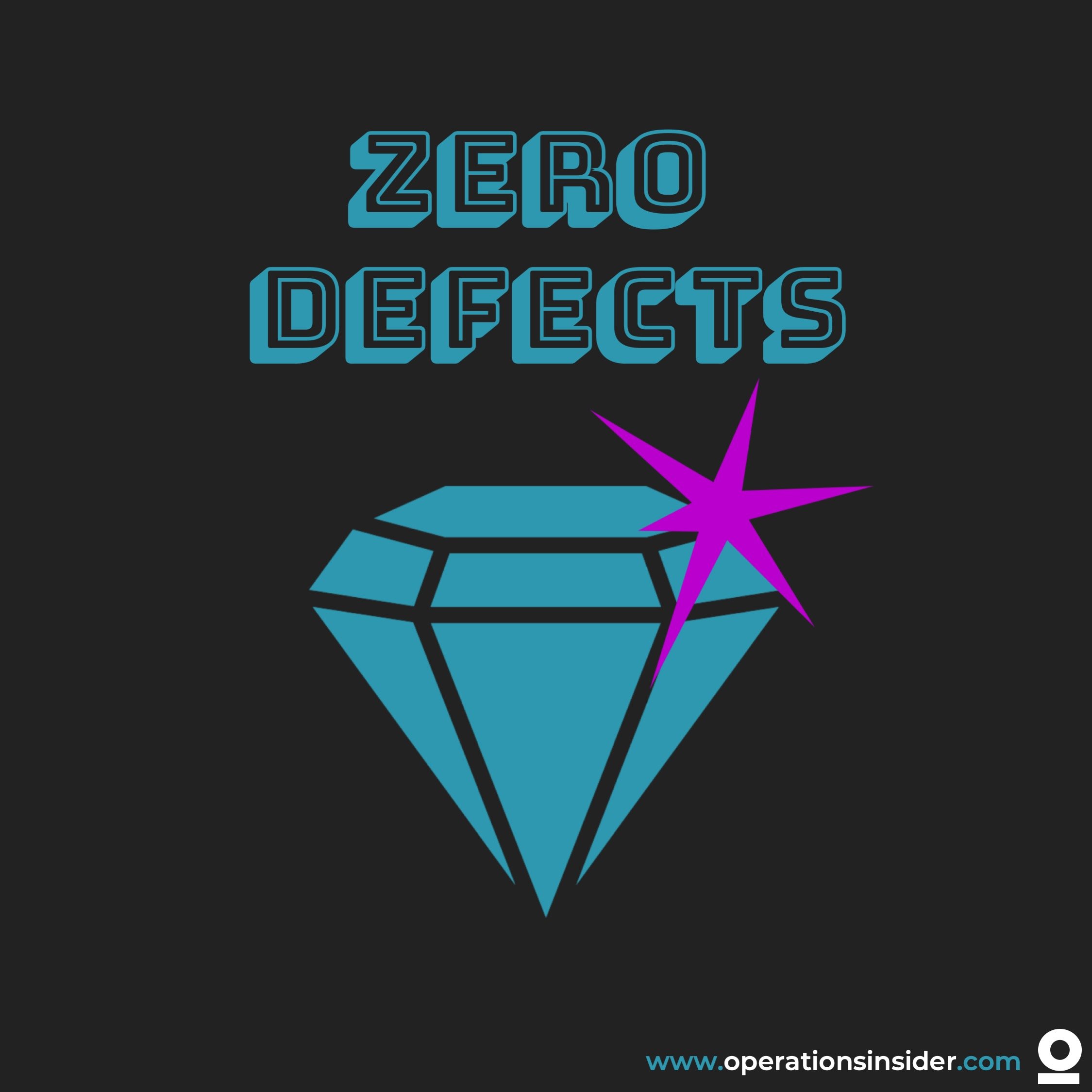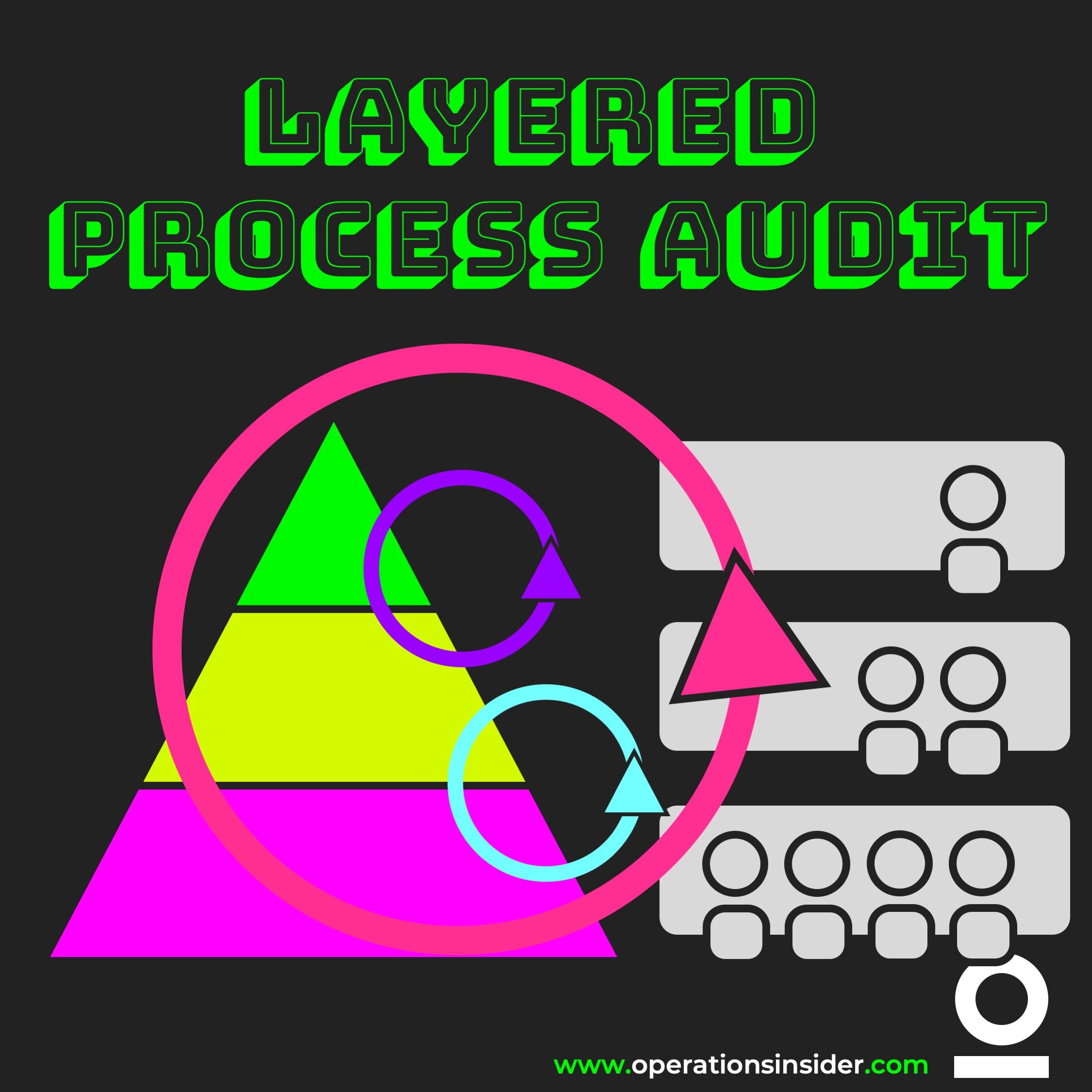
LANGUAGE OF LEAN
Zero Defects
Zero Defects, also known as "Zero Quality Control" or "ZQC," is a quality improvement philosophy that seeks to eliminate defects in the production process.
In other projects we have witnessed the significant impact that Zero Defects programs can have on a manufacturing organization. Zero Defects, also known as "Zero Quality Control" or "ZQC," is a quality improvement philosophy that seeks to eliminate defects in the production process. This philosophy has its roots in the Total Quality Management (TQM) movement and has been widely adopted by many manufacturing organizations.
The Zero Defects philosophy is based on the belief that quality should be built into every product, from start to finish. The goal is to eliminate defects and ensure that products are produced to the highest standard, meeting or exceeding customer expectations. This approach to quality focuses on the entire production process, from raw materials to finished goods, and encourages all employees to be actively involved in the quest for zero defects.
One of the key benefits of a Zero Defects program is that it helps to create a culture of continuous improvement. Employees are encouraged to identify areas where defects are occurring, and to work together to eliminate these issues. This creates a sense of ownership and engagement among employees, which in turn drives improved performance and results.
Another key benefit of Zero Defects is that it reduces the costs associated with rework and product defects. Defects in the production process can lead to increased costs, such as scrap, waste, and retooling. By reducing or eliminating these costs, organizations can improve their bottom line and remain competitive in their industry.
The key to success with Zero Defects is to have a well-defined process in place. This process should start with defining the standards for each product and then identifying the critical-to-quality characteristics that must be met. From there, a detailed process map should be created that outlines the steps involved in the production process, from raw materials to finished goods. This process map should also identify the potential sources of defects and highlight the steps that need to be taken to eliminate these defects.
Once the process map is in place, the next step is to implement the Zero Defects program. This involves training employees on the Zero Defects philosophy, as well as the process map and the critical-to-quality characteristics. It is also important to provide employees with the necessary tools and resources to identify and eliminate defects. This may include things like checklists, forms, and software programs.
In addition to training and tools, it is also important to have a robust feedback and continuous improvement process in place. This can include regular quality audits, customer feedback, and employee suggestion programs. The goal of these programs is to identify areas where defects are occurring, and to work together to eliminate these issues.
Finally, it is important to track progress and measure success. This can be done by tracking key performance indicators (KPIs), such as the number of defects, scrap rates, and customer satisfaction levels. By tracking these KPIs, organizations can determine whether their Zero Defects program is having a positive impact and make adjustments as needed.
In conclusion, Zero Defects is a powerful tool for organizations looking to improve the quality of their products and processes. By eliminating defects, organizations can improve customer satisfaction, reduce costs, and remain competitive in their industry. The key to success with Zero Defects is to have a well-defined process in place, and to actively involve employees in the quest for zero defects. By doing so, organizations can achieve operational excellence and realize their full potential.
Layered Process Audit
LPA, or Layered Process Auditing, is a quality technique developed for manufacturing management.
Today we will talk about layered process audits.
LPA, or Layered Process Auditing, is a quality technique developed for manufacturing management. When used correctly, LPA brings your organization to improve quality, minimize scrap and rework, plus reduce customer rejections by driving cultural change throughout your company. To gain a better idea and to understand what LPA means we will have a little deep dive.
Layered Audits are a defined approach that devotes time and resources to ensuring that high-risk procedures and error-proofing mechanisms are consistent and functional. Therefore, three important components make up a Layered Process Auditing System:
Full focus on High Risk Processes (HRP) by a list of defined audits
Depending on layer of audit the audit itself is performed from various levels of management
A system of reporting and follow-up to ensure that containment is maintained based on specific needs. But also, to maintain and drive the continuous improvement process in your organization
A full stack of audits
This part of a Layered Process Auditing System is straightforward. Audits are merely a set of questions aimed to investigate machinery or processes. An LPA system's audits should concentrate solely on parts of the value adding process where deviation poses a high risk of producing defective products. E.g. if you have an end of the line quality check station that is measuring crucial parameters or functions that are critical to customers of your product and the calibration is wrong, you are producing in Takt defective or non-conforming products. No need to mention that you should keep an eye on that process. With the help of a proper LPA system you will have the EOL station within the layers allowing containment and corrective action as soon as the station surpasses set tolerances.
Multiple layers of audits comes with multiple layers of auditors
Multiple layers of authority from across your manufacturing department conduct audits on a regular basis, at a predetermined frequency, in an LPA system. For example, once per shift, the Shift Leader conduct an audit that checks the parameters or settings of your EOL-Station. Another layer of management, which may include process engineers, maintenance staff, or even the human resources department, would circulate through the system performing the exact same audit. The sample audit might be performed once a week or once a month by someone in the layer by assigning a number of auditors to this layer and establishing a timetable that cycles through the system's audits. Yet another layer of management, such as the plant manager or even executive staff (the number of levels in an LPA system can vary enormously from facility to facility, depending on your organizations demands and needs). This extra layer of auditors performs the same collection of audits on a rotating schedule, concluding the example audit once a month or once a quarter, for example.
Countermeasures, Containment Actions, Reporting and Improvement Process
In order to have an effective, a Layered Process Audit system you’ll have to combine analysis, measures and improvement process.
If an auditor observes a non-conformance during an audit, the auditor should not only document their findings but also take quick appropriate action to ensure that defective products do not leave the facility. In order to help with the documentation and immediate actions you can use the A3 report and methodology. Simple but effective. You can find it here. Anyway, the findings should be documented and made readily available to management for further analysis. An LPA system is a handy tool for debugging problem areas and identifying areas that are suitable for improvement actions when combined with a strong system for recording and reporting these audit results. A systematic approach will be discussed in the Shop Floor Mgmt. article.
Though Layered Process Audits may be developed to meet a customer or corporate demand, effective LPA systems are built, implemented, managed, accountable to, and owned by your participatory manufacturing management group. A solid LPA system may help you to take proactive control of your manufacturing operations while also enhancing product quality and business bottom line.
Stay Connected
Ad
We want information fast and in a nutshell. We from OI recommend Blinkist* - because it’s simply the best.
* = Affiliate Link

































